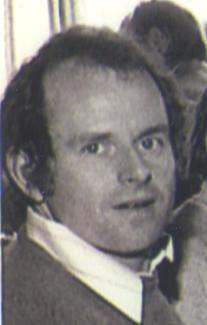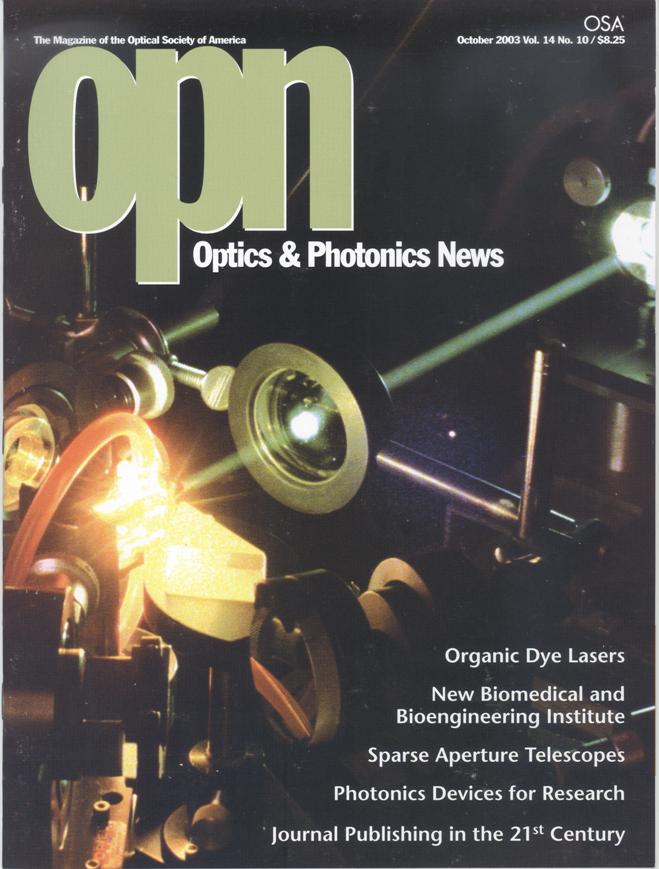 Interferometric Optics Interferometric Optics
|
|---|
 Interferometric Optics Interferometric Optics
|
|---|

James Austin 'Jim' Piper (1947-2023) was a noted New Zealand-born Australian physicist and inventor. He received a BSc (Hons) in 1968 and his PhD in 1971, both from the University of Otago.
Following his doctoral research in atomic physics, pivotal and crucial in his early career, was his appointment (1971-1975) as Research Fellow of the Clarendon Laboratory at the University of Oxford. At Clarendon he performed pioneering research on discharge hollow-cathode lasers (Piper, Collins and Webb 1972) and high-power pulsed copper vapor lasers (Piper and Webb 1975). A highlight in this research was the development of a CW white-light laser via a He-CdI2 hollow-cathode discharge where numerous Cd ion and I ion transitions combined to yield a most impressive coherent beam of bright white light (Piper 1976).
Piper's pioneering research in this field led to the discovery of numerous CW laser transitions powered via Duffendack reactions where the energetic helium ions excite directly the metal atoms. His research in hollow-cathode lasers culminated with the development of miniature multi-wavelength CW lasers (Tsuda and Piper 1989).
Back to 1975: that year he accepted a professorship in the School of Mathematics and Physics at Macquarie University where he rapidly continued, and expanded, his research on hollow-cathode lasers and pulsed copper lasers in conjunction with local graduate students (Milan Brandt, Frank Duarte, and Don Neely, were his first students). This research began to bear fruit in the late 1970s - early 1980s. At this stage, he began to develop high-average-power copper vapor lasers (CVL). Thus, Australia began to contribute within a highly selective field where the only other participants were nations such as the United States, the former Soviet Union, the United Kingdom, and Israel.
The pinacle of this research was the discovery of tunable narrow-linewidth hybrid multiple-prism grazing-incidence (HMPGI) grating oscillators (Duarte and Piper 1981, 1982). These laser oscillators yield high conversion efficiencies and extremely pure spectral emission. This work led directly to the development of CVL-pumped narrow-linewidth tunable lasers for atomic vapor laser isotope separation (AVLIS) (Duarte and Piper 1984). At the time, the only other sources of published literature in this field were The Lawrence Livermore National Laboratory in the USA and one of the top laser laboratories in the former Soviet Union. Significant national research efforts in AVLIS, in various other countries, adopted the dispersive HMPGI tunable laser configurations discovered and developed at Macquarie.
His research soon began to attract top talent from all over the world and Piper began to build a most impressive research edifice that branched into solid-state lasers, Raman lasers, laser micromachining, nanocrystals, nanoscopy, and various other quantum optics research areas.
As a young professor, Piper openly supported the Macquarie Science Reform Movement that in 1979 transformed the degree structure of the university, via the introduction of science degrees, and thus opened the door to decidedly strenghten the sciences at Macquarie.
Hence, it is not surprising that John C Ward, of Ward Identities fame in quantum electrodynamics, observed: 'under Jim Piper... Macquarie achieved world class status in narrow-linewidth dye laser oscillators'... whilst strongly endorsing Piper's promotion to his physics chair, upon his retirement in 1984 (Ward 2004).
Piper authored and co-authored some four hundreds refereed publications and successfully supervised more than fifty PhD students. Supported by the timely and crucial change in the degree structure at Macquarie (1979), Piper played a central role in significantly augmenting and strengthening the physical sciences research infrastructure of the young university (founded in 1964). Piper himself introduced a BTech degree in 1992 and a Master of Research in 2012.
Of course, Macquarie University incorporated him into its administrative ranks where Piper amply excelled. He retired as Deputy Vice-Chancellor (Research), in 2013. Following his retirement he continued active participation in several highly-regarded Australian R&D institutions. He did so in various leading capacities being recognized as 'a pillar of Australian science.'
Piper was elected Fellow of the Australian Institute of Physics in the 1980s and Fellow of the Optical Society of America (now Optica) in 1994. He received numerous other honors and awards including the Pawsey Medal (1982), the Walter Boas Medal (1984), and the W H Steel Medal (1997).
Besides his inherent gift for experimental laser physics, Piper exercised an exquisite command of the English language. This ability is beautifully exhibited in many of his physics papers that in the late 1970s, and early 1980s, were carefully crafted via double-spaced cursive writing in linearly ruled paper pads. His approachable demeanor made many friends in the arts, humanities, and across the academic spectrum. Certainly, his impact transcended the sciences.

Cover of Optics & Photonics News (October, 2003), featuring a review article on organic tunable lasers, showing an image of the Macquarie experiments.
Piper J A and Webb C E (1975) A TE copper iodide laser. IEEE J. Quantum Electron 11 917.
Ward J C (2004) Memoirs of a Theoretical Physicist (New York: Optics Journal).
Page published on the 2nd of August, 2023
Updated on the 19th of April, 2024